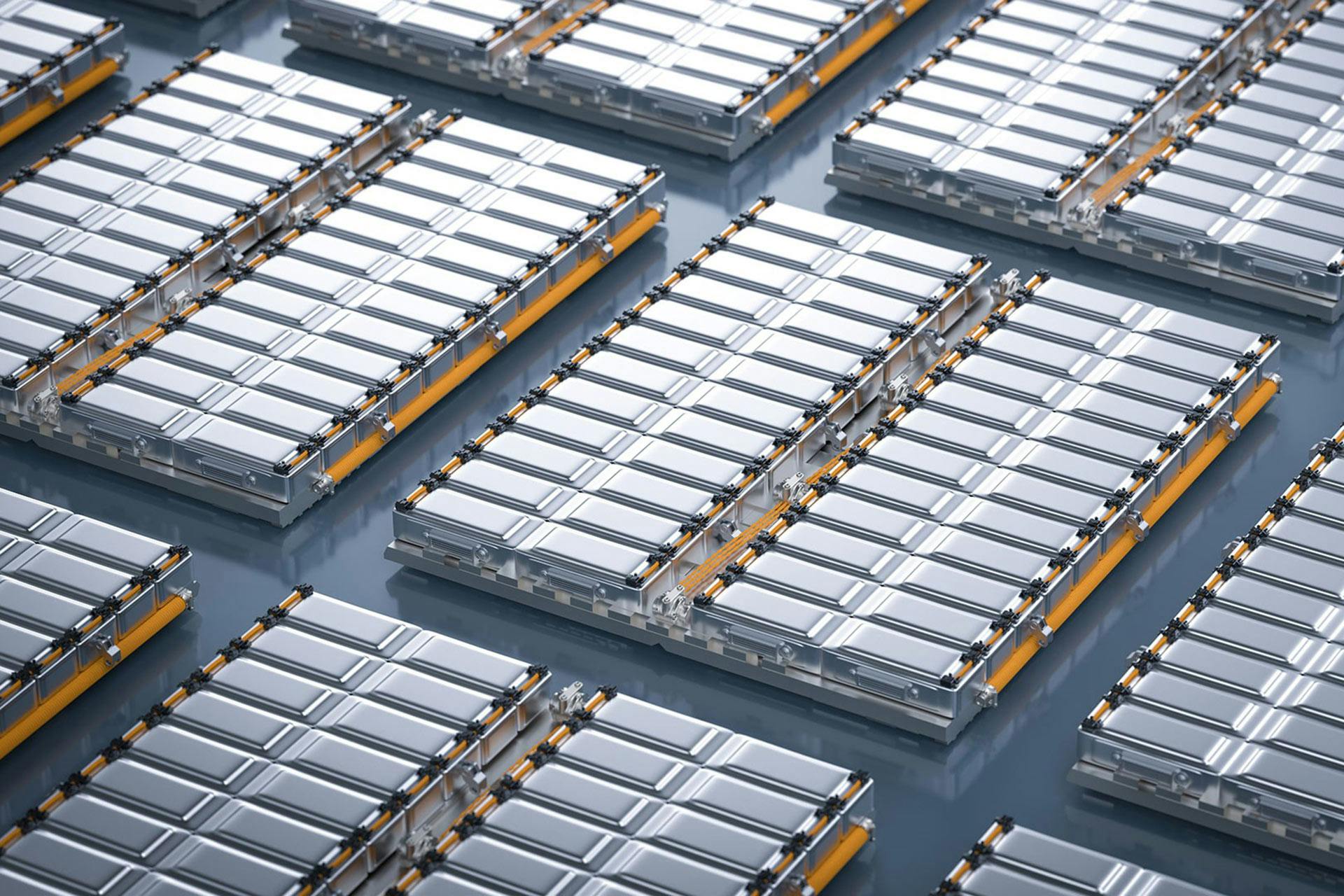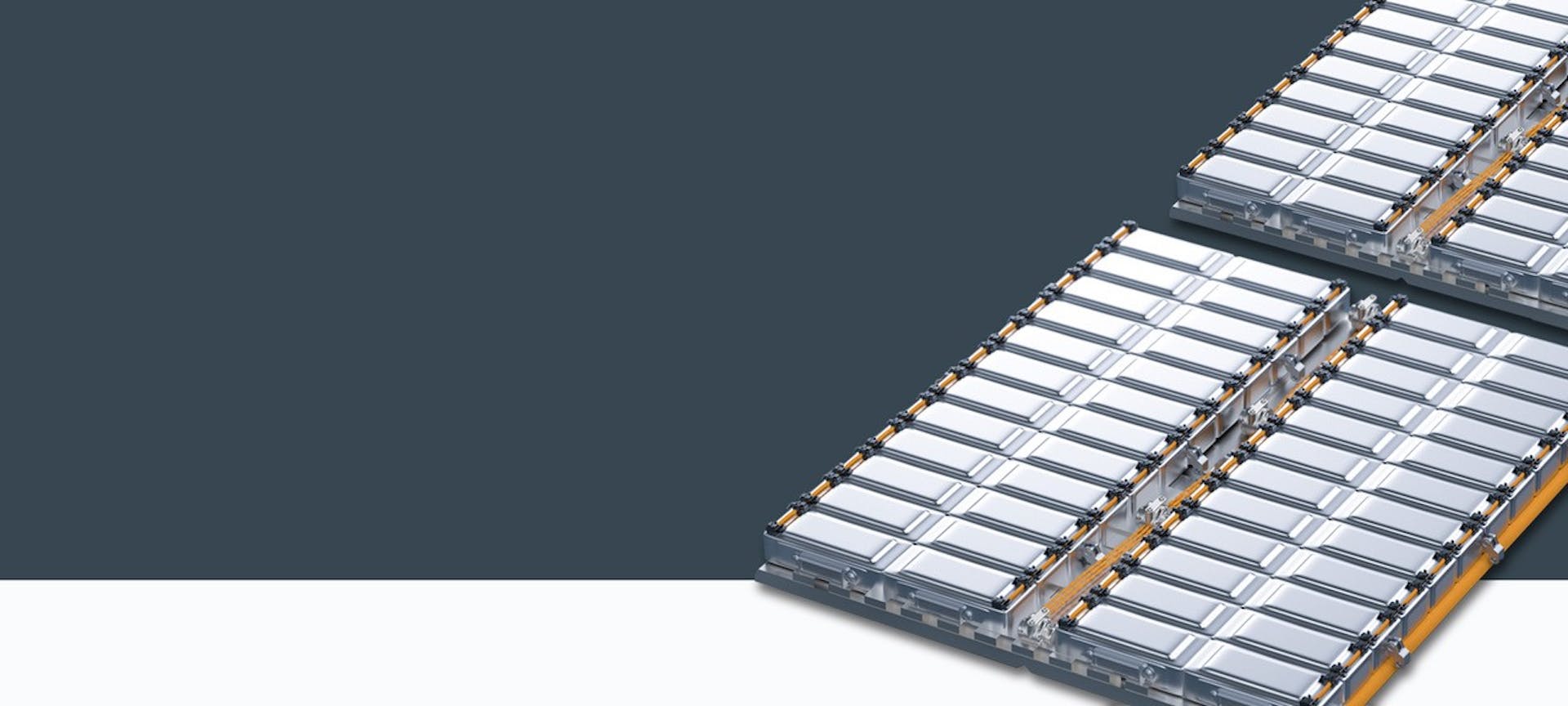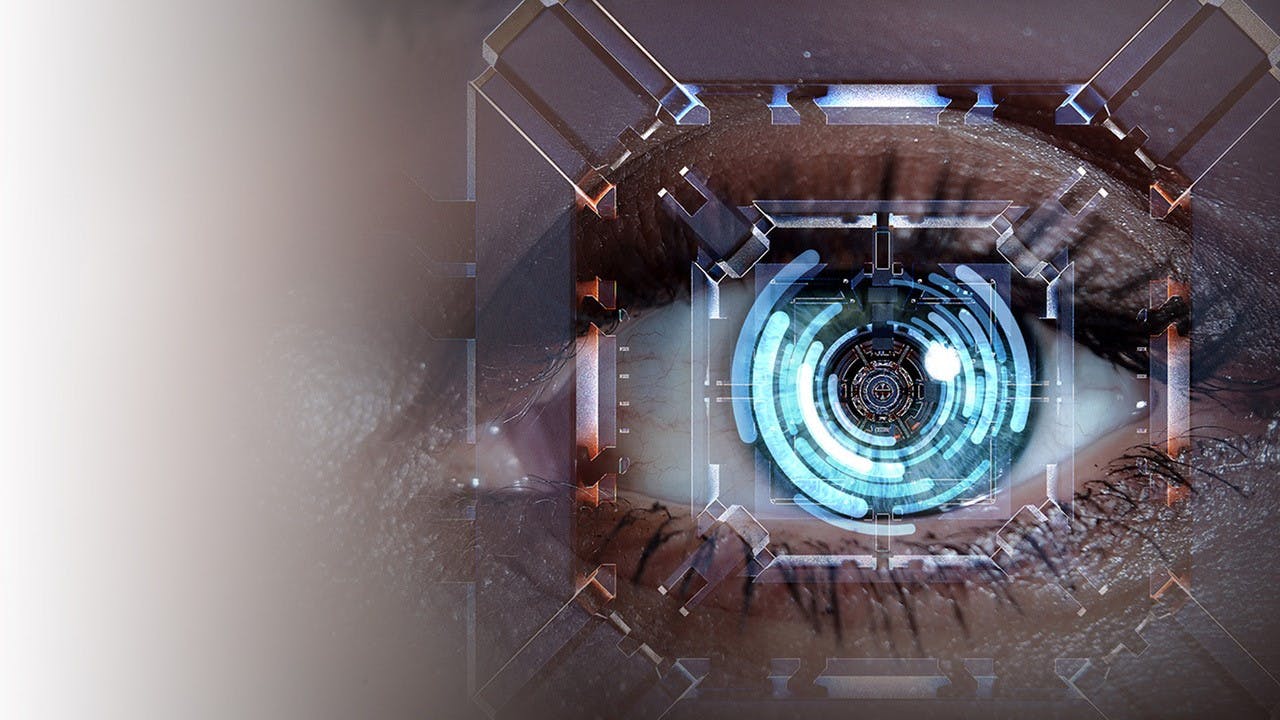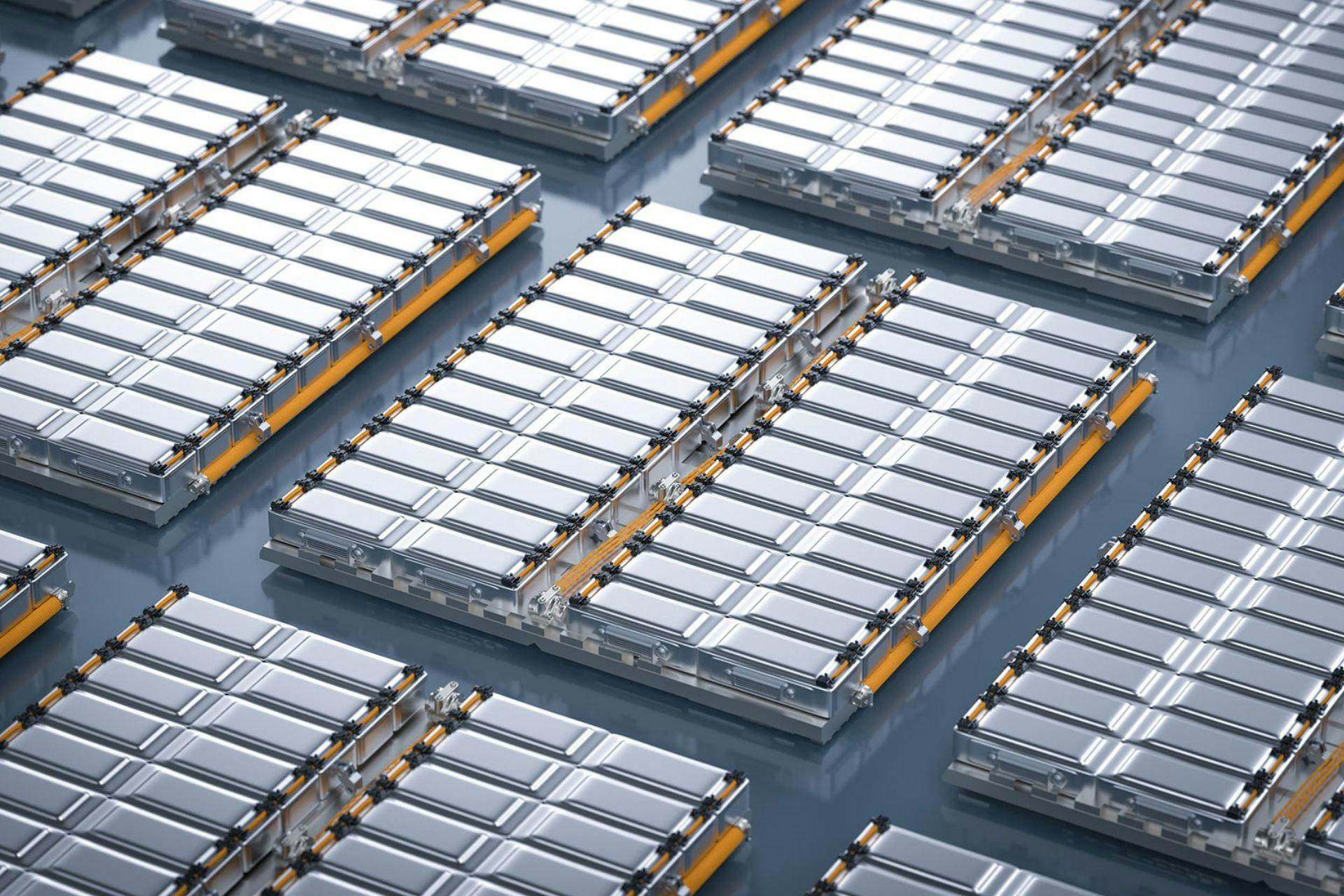Laser welding in battery production poses new challenges. Downstream visual quality nspection does not provide one hundred percent safety. With a process monitoring solution, the number of defective welds leaving the plant is minimized. In addition, manual inspection is no longer necessary, resulting in massive cost savings.

Smart Production Minimal defect rate in laser welding
Interview with South Korean welding specialist Dr. Yongjoon Cho
New challenges are facing manufacturers in the field of laser welding in battery production. Every single seam is critical. Visual downstream quality inspection alone cannot provide one hundred percent safety. It must be complemented by a process monitoring solution. Under the leadership of Yongjoon Cho, a monitoring system was developed that is specifically tailored to the challenges of battery manufacturing. This system is already being used by major Korean battery manufacturers. In the following interview, you can learn more about the solution and how customers specifically benefit from it.
John, you used to work for traditional vehicle manufacturers. Why are you now focusing on battery manufacturers?
The number of electric vehicles is growing very rapidly, by around 30 percent per year. The transition from conventional combustion engines to electric vehicles has brought major changes, especially in powertrains. This means we need more motors and batteries. However, we don't have the production capacity or technology to keep up with demand. This is the perfect time for welding engineers in the automotive industry to move into the field of battery applications.
What is the biggest difference between welding for automobiles and batteries?
In traditional automobiles, large workpieces are welded at generous tolerances, with resistance spot welding and arc welding. Batteries, however, are welded mainly by laser or ultrasonic. These processes require precise weld targets and small tolerances. Therefore, the quality of welds is much more critical for batteries.
Quality testing alone does not improve the quality of battery products.
What is the best way to ensure the quality of welded seams on batteries?
Technology for accurate inspection of weld quality plays an important role in this. But quality inspection alone does not improve the quality of battery products. The defects themselves must be minimized by optimizing the manufacturing processes. That's why process monitoring is a good complement to quality inspection.
What is the difference between process monitoring and quality inspection?
Process monitoring starts with the causes, i.e. the manufacturing processes, while quality inspection focuses on the results, i.e. the finished welds. In battery manufacturing, every single weld is critical for safety and performance reasons. Although a good quality inspection solution can prevent defective welded products from being put into circulation, there is no 100% guarantee. Therefore, an additional solution is required, and that is process monitoring.
Why do you need a special solution for process monitoring?
In batteries, materials such as aluminum and copper are laser welded. Due to the technical characteristics, it is very difficult to find defective welds. Visual inspection solutions cannot provide absolute safety.
In addition, laser welding takes place automatically in a closed room. Without process monitoring, no one knows what is happening during welding. Once the process monitoring device is installed, you can see exactly what is going on.
With the help of process monitoring, the processes were continuously improved. The percentage of defects dropped drastically.
Please give us an example where process monitoring has been used effectively in mass production.
I have worked with several Korean battery manufacturers on process monitoring for various welding applications. From my many experiences, I can pick one example: There were two plants with the same equipment. One had only a quality inspection system and the other had additional process monitoring installed. The first plant continued to have a similar percentage of defects, but the second plant was able to continuously improve its processes with the help of the process monitoring system: The percentage of defects dropped dramatically. This was a great success.
Please explain the basic principles of process monitoring.
Due to the intense optical energy of laser welding, laser-induced plasma and thermal emissions are generated from the weld pool during the process. By detecting these emission signals with sensors, we can observe the stability of the process. The weld pool plasma is monitored by a sensor that measures the visible spectrum. The thermal emission, on the other hand, is monitored by a sensor that measures the infrared spectrum.
Based on the monitoring signal patterns measured under normal welding conditions, it is possible to detect abnormal or problematic welds. Process control is based on algorithmic statistical principles.
Can the process monitoring system also be used for quality inspection?
An excellent question! Process monitoring and quality inspection must be considered as separate processes. However, a process monitoring system can be used to stabilize the process. Once the process is stable, the deviation of the measured signal is very small under normal conditions. In this case, it is possible to use the process monitoring system for quality inspection - deviations then reliably indicate quality defects.
Manual inspection is no longer necessary, resulting in massive cost savings.
What advantages does this system bring for customers?
By using the systems for process monitoring and quality inspection in battery production, the number of defective welds leaving the plant can be minimized. In addition, manual inspection is no longer necessary, resulting in massive cost savings.
Another advantage is that when a new production line is installed, it takes a long time for the process to stabilize and achieve normal quality and performance. We have found that with process monitoring it takes only a quarter of the time because we can have precise insight into the process.
Does your company Monitech offer solutions for other welding applications?
We have a broad portfolio of solutions to monitor weld quality; in the field of battery applications, in addition to laser welding, also for ultrasonic welding and resistance welding.
Thank you very much for the interesting interview, John.
CONCLUSION
IN SHORT:
- Visual downstream quality inspection alone does not provide one hundred percent certainty in laser welding.
- Process monitoring starts with the manufacturing processes.
- The use of process monitoring and quality inspection can minimize the number of defective welds.



